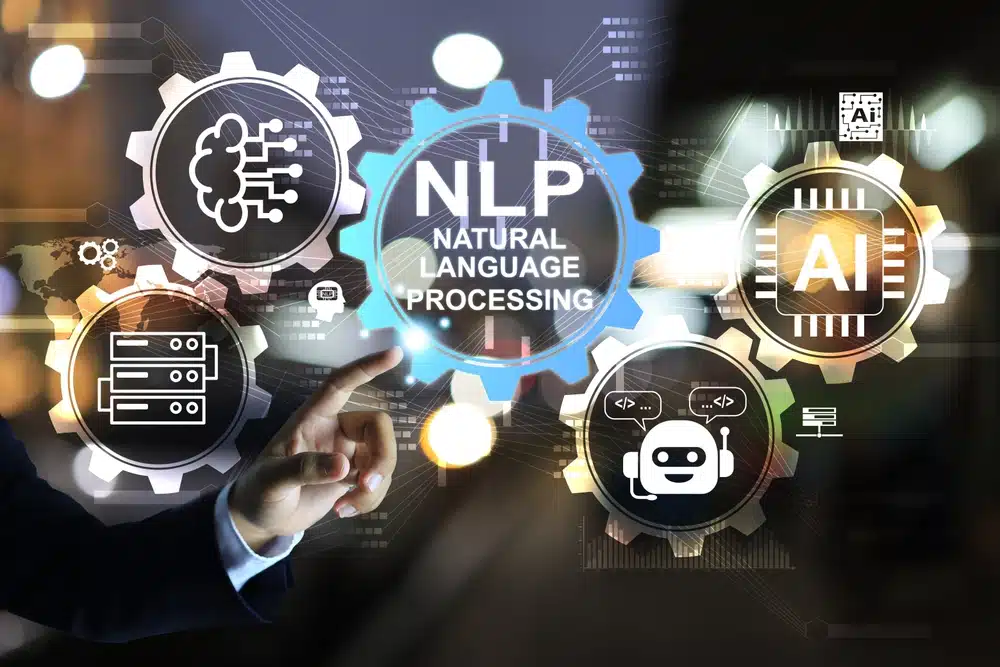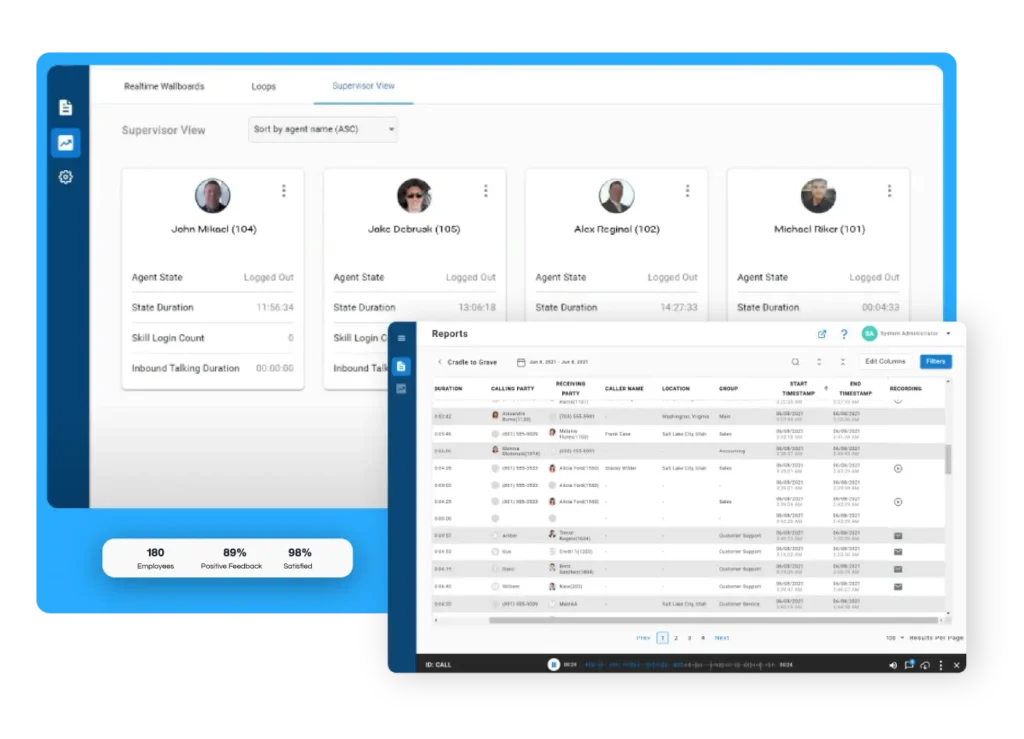What is Contact Center Automation?
Contact center automation refers to using technology to streamline and enhance customer service operations. It leverages AI, machine learning, and automated workflows to manage repetitive tasks such as call routing, data entry, and customer inquiries.
Contrary to common misconceptions, automation doesn’t replace agents—it’s a powerful tool that complements their skills, enabling them to deliver faster, more personalized service. When used effectively, automation becomes an extension of your contact center that empowers your team to provide exceptional customer experiences.
Benefits of Contact Center Automation
Why are more and more contact centers opting to implement automation? Because it:
- Increases Efficiency: Automation accelerates routine processes like call distribution and inquiry handling, reducing wait times and improving resolution rates.
- Improves Accuracy: Automating tasks like data collection and entry reduces errors and ensures more reliable customer information.
- Boosts Cost Savings: With automation handling repetitive tasks, businesses can lower operational costs while maintaining or improving service quality.
- Improves Customer Experiences: Faster response times and personalized interactions lead to higher satisfaction rates and long-term loyalty.
- Enhances Scalability: Automation ensures your contact center can handle increased call volumes and customer demands as your business grows without compromising service quality.
- Improves Agent Experiences: Contact center automation allows agents to focus on solving meaningful customer problems rather than mundane tasks, boosting job satisfaction and productivity.
Why Automation is Critical for Contact Center Success
With customer expectations higher than ever, contact center automation is becoming less of a luxury and more of a necessity for staying competitive. By streamlining workflows, reducing wait times, and delivering consistent, high-quality customer experiences, automation provides businesses with a decisive edge over competitors.
Without contact center automation, companies risk slower response times, increased operational costs, and diminished customer satisfaction. As competitors invest in automation to scale efficiently and enhance customer loyalty, businesses that remain stagnant may find themselves left behind.
Incorporating Advanced AI Technologies
Like many other industries and technologies, AI tools are bringing unprecedented levels of operational excellence. Here’s how:
AI and the Rise of Self-Service Content
Artificial Intelligence is reshaping how customers interact with contact centers by powering robust self-service solutions. Chatbots, knowledge bases, and virtual assistants now offer customers instant access to information and solutions without agent intervention. By analyzing customer queries and preferences, AI ensures self-service options are relevant, efficient, and easy to use—reducing contact volume and improving satisfaction.
Machine Learning for Predicting Customer Behavior
Machine learning algorithms enable contact centers to anticipate customer needs and tailor interactions accordingly. They analyze historical data and identify patterns to predict customer behavior, such as purchase intent or likelihood of churn. This insight helps contact centers proactively address issues, personalize interactions, and optimize resource allocation, driving both efficiency and customer loyalty.
The Capabilities of Natural Language Processing
Natural Language Processing (NLP) is a game-changer for automated customer interactions. Through Natural Language Understanding (NLU), contact centers can interpret the intent behind customer messages with remarkable accuracy. Natural Language Generation (NLG) algorithms enable systems to craft clear, contextually appropriate responses, simulating human-like interactions. When combined, this technology increases customer satisfaction and allows businesses to scale their contact centers without compromising quality.






